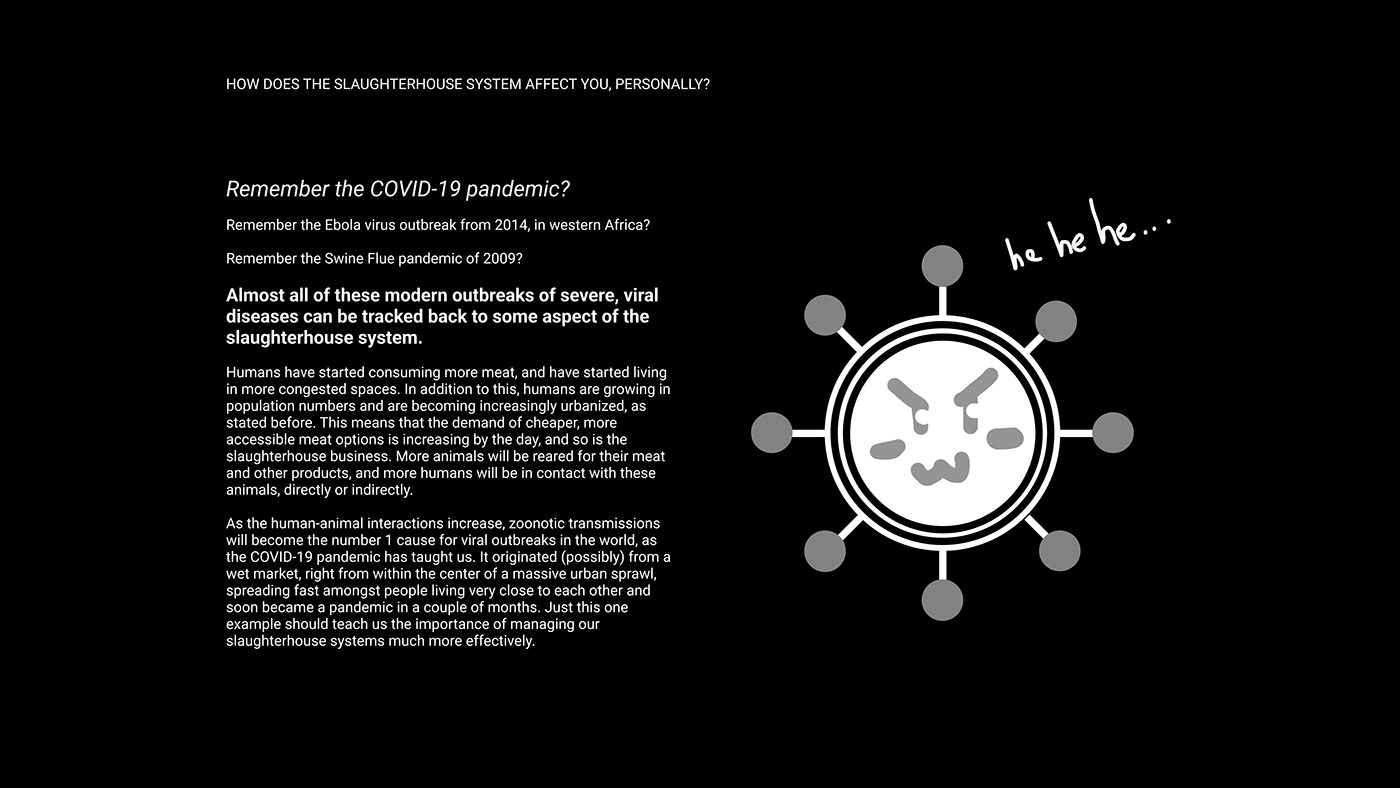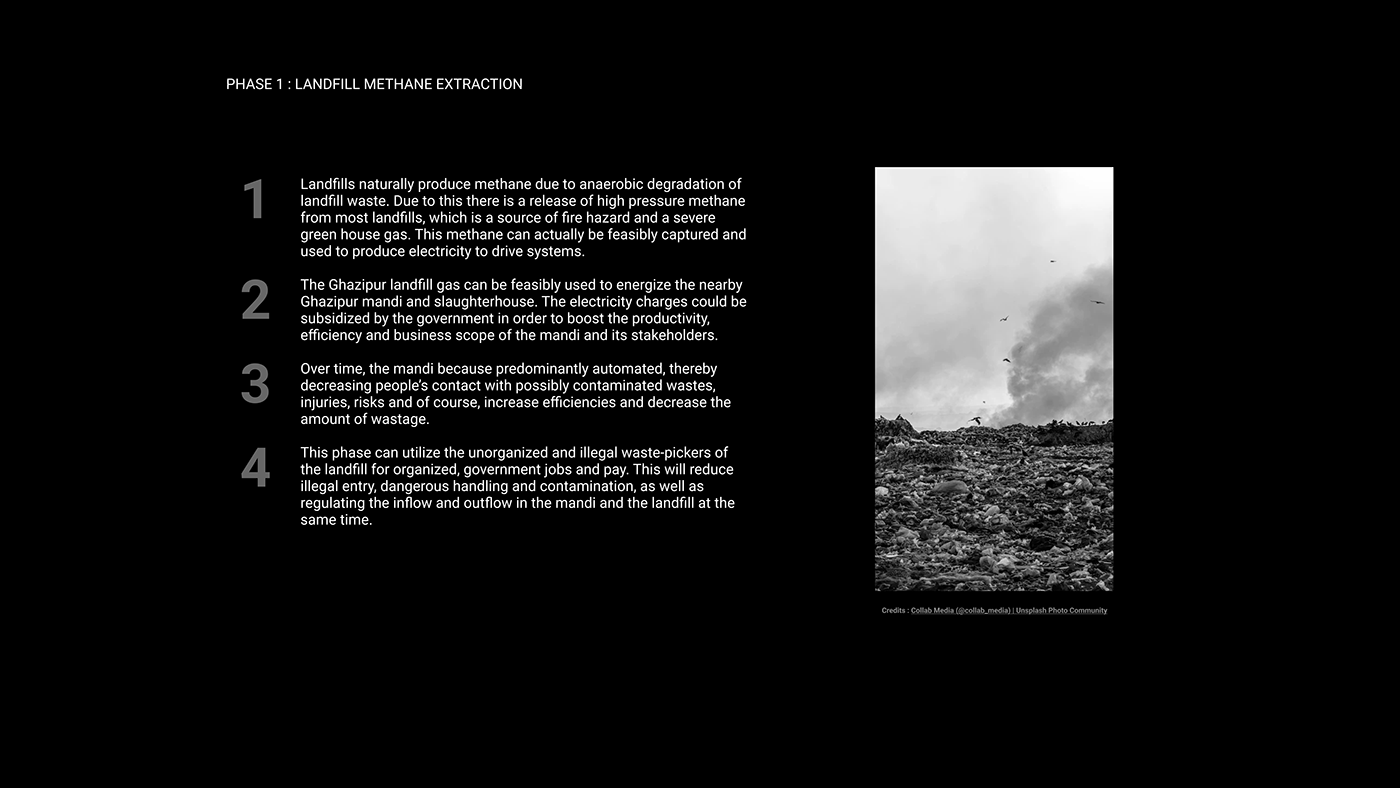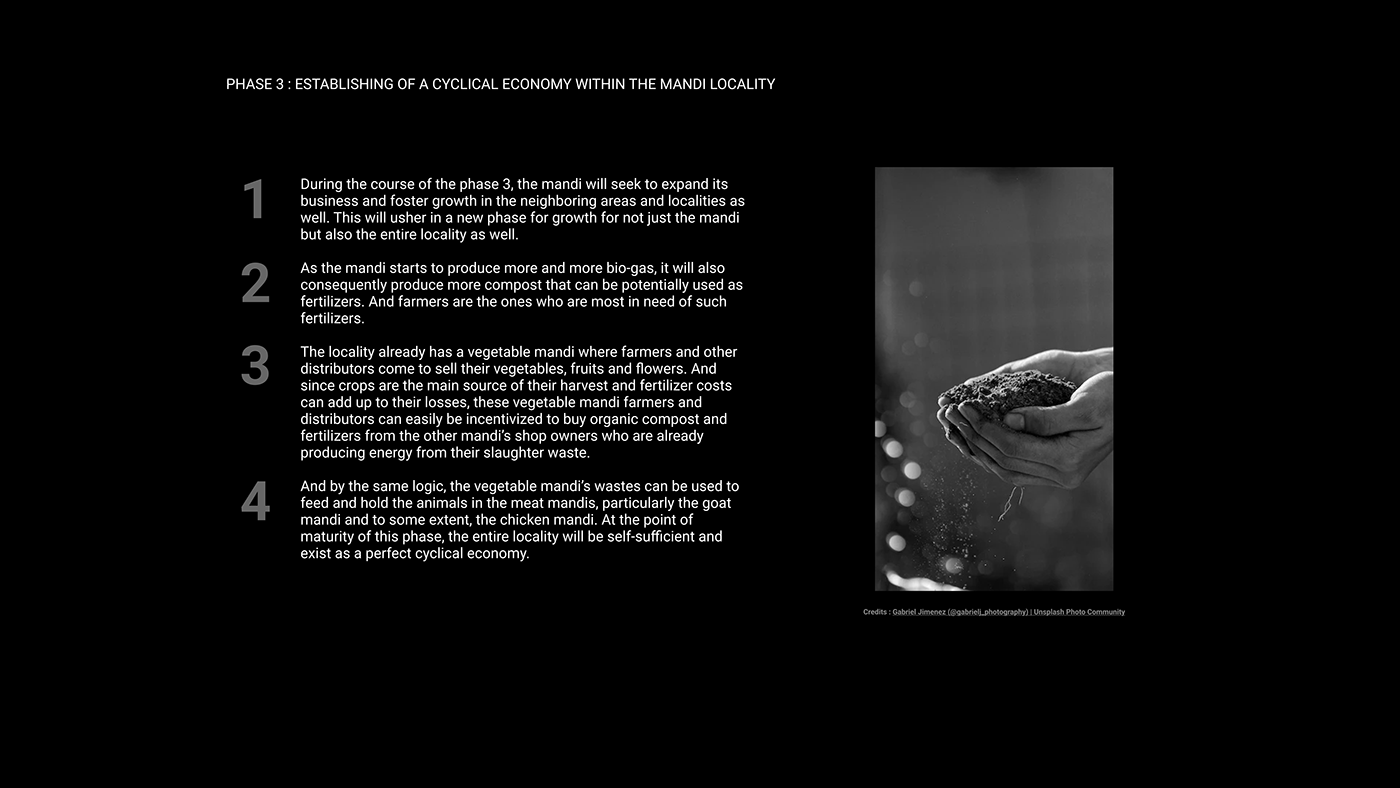













Ever wondered,
"How significant is the slaughterhouse system in India",
which is a predominantly vegetarian (40%) country?
Find out below:












So, what did we see? What did we hear? What did we smell?
And what did we find out?
Find out below:
(Warning: This following gallery contains some graphic images that might be disturbing to some viewers.)
Ghazipur's chicken, fish and goat mandis.
(If you were wondering, we walked through the mandis, starting from chicken, fish and finally goat,
with the goat mandi being farther away from the other two.)









Ghazipur's landfill.
(If you were wondering, I am pointing at a ditch where a narrow trickle of bloody wastewater was flowing,
fresh from a new heap of slaughterhouse waste, piled into the side of a transmission tower.
In addition to this, there was also a canal flowing right beside the humongous landfill.)






After our Ghazipur visit, we were able to conduct a big-picture analysis of the entire slaughterhouse system in India. We compiled the information we had collected, organized it into easily understandable chunks for people, connected the dots, and laid out the big picture for everyone to behold.














After mapping the system and having a look at the bigger picture, it was time to move on to the nitty-gritty elements of the system - the microeconomics, the condition of the system and the constraints that could be involved in the reformation. To determine the future potential, we needed extensive research of the system's past and present.
Warning: It could be a lengthy read from here on! :)







To have a look at how we brainstormed and discussed and came up with a lot of these ideas, and some more,
watch the following video:
Finally, after all of the above research, each of us had to come up with our own unique solutions.
The following is my three-phase, systems-solution:





The project is still being compiled, so please wait a moment for the full version. Thanks!






